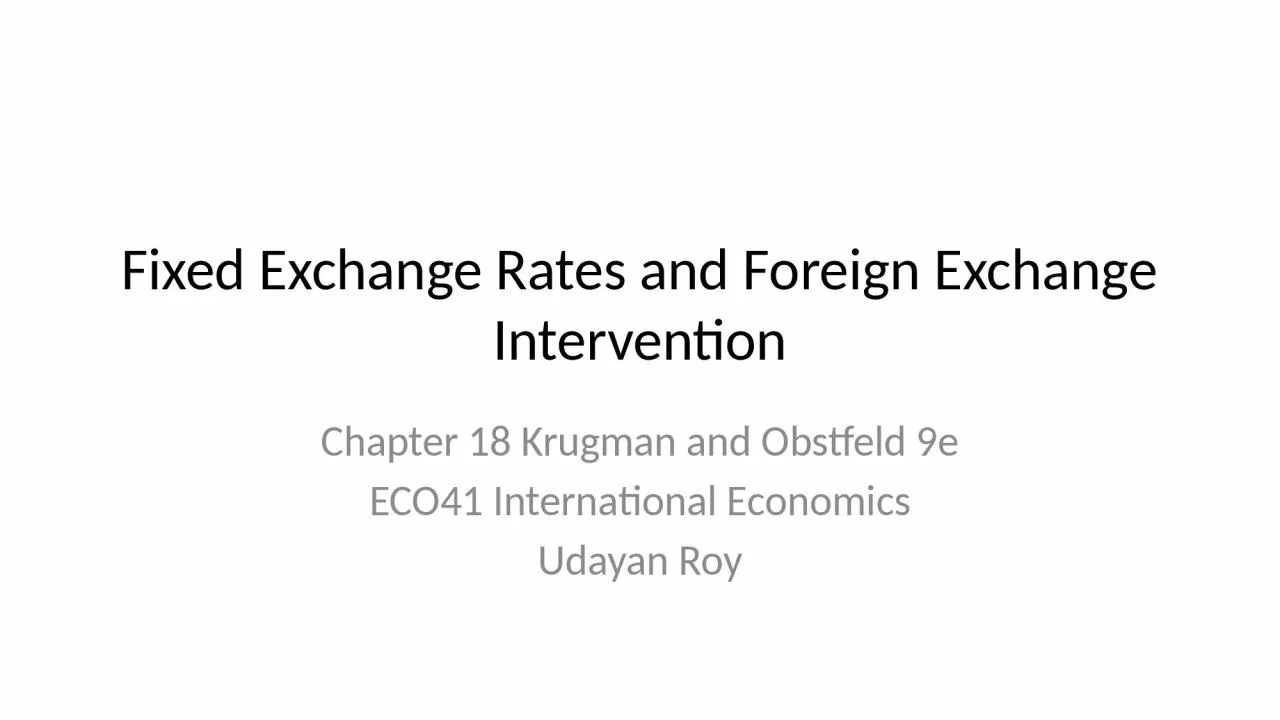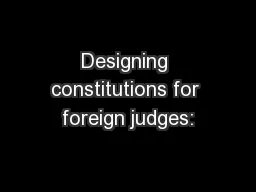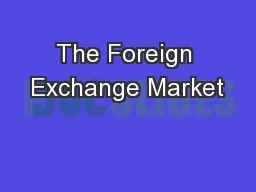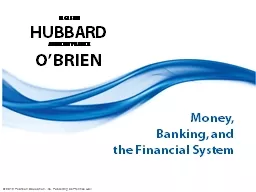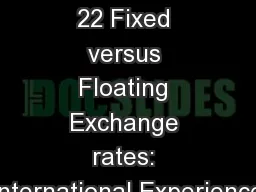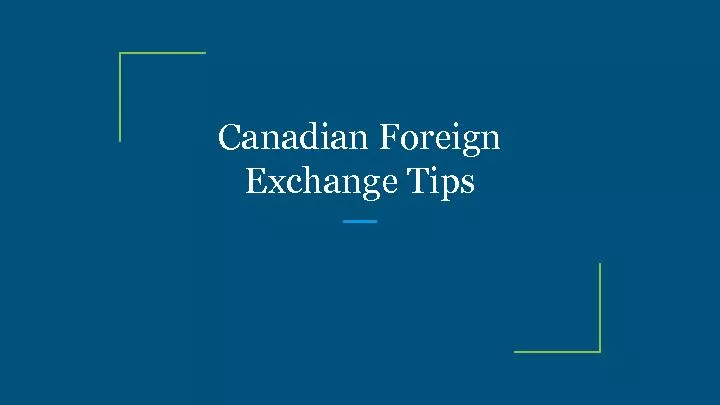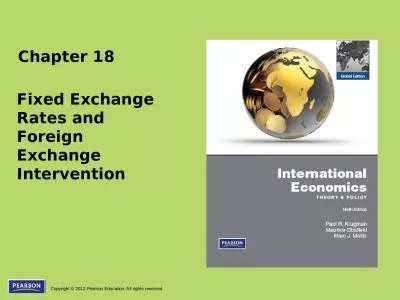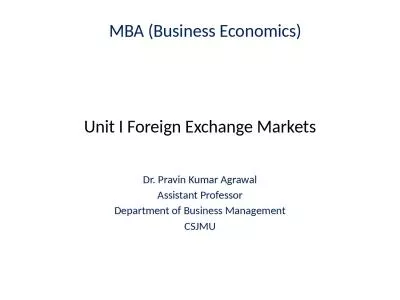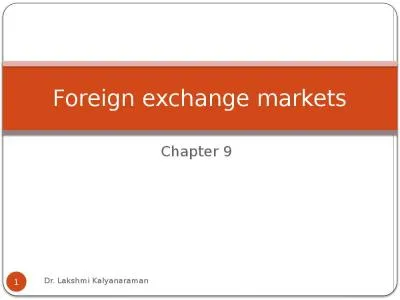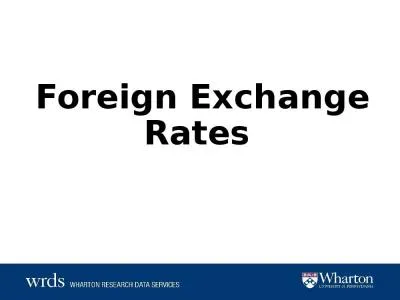PPT-Fixed Exchange Rates and Foreign Exchange Intervention
Author : clara | Published Date : 2023-11-05
Chapter 18 Krugman and Obstfeld 9e ECO41 International Economics Udayan Roy Why Study Fixed Exchange Rates Four reasons to study fixed exchange rates Managed floating
Presentation Embed Code
Download Presentation
Download Presentation The PPT/PDF document "Fixed Exchange Rates and Foreign Exchang..." is the property of its rightful owner. Permission is granted to download and print the materials on this website for personal, non-commercial use only, and to display it on your personal computer provided you do not modify the materials and that you retain all copyright notices contained in the materials. By downloading content from our website, you accept the terms of this agreement.
Fixed Exchange Rates and Foreign Exchange Intervention: Transcript
Download Rules Of Document
"Fixed Exchange Rates and Foreign Exchange Intervention"The content belongs to its owner. You may download and print it for personal use, without modification, and keep all copyright notices. By downloading, you agree to these terms.
Related Documents

